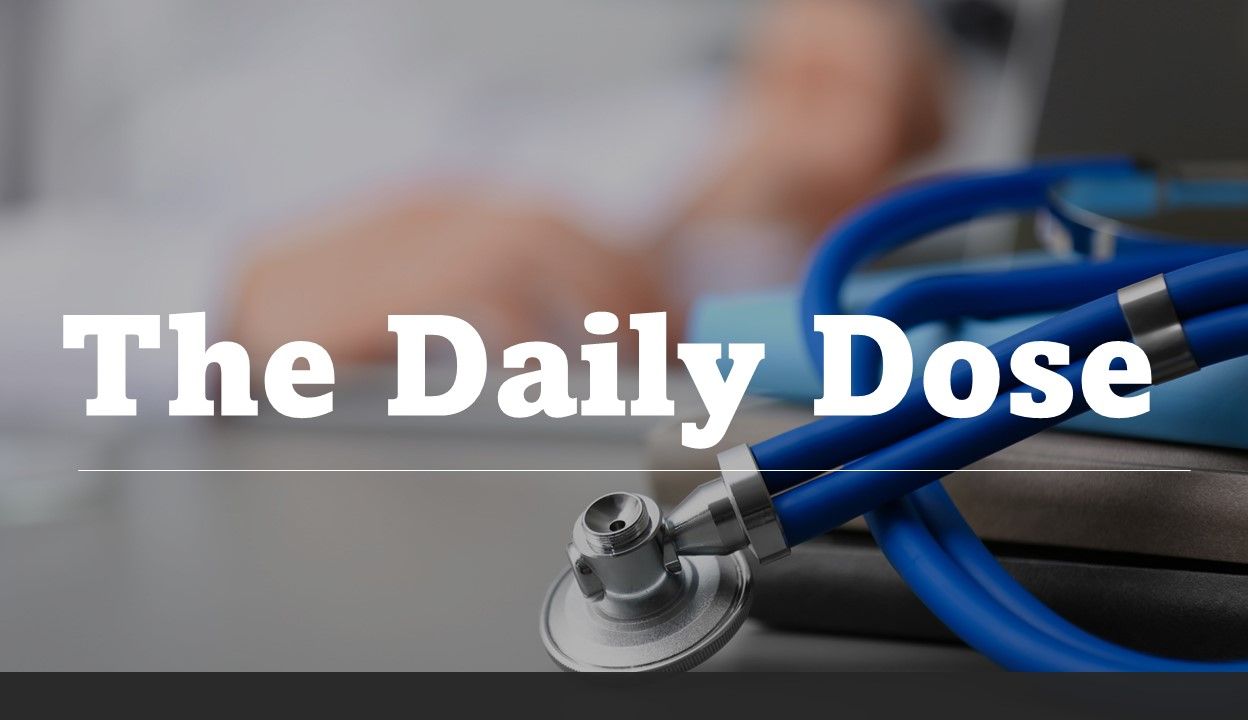- CDC
- Heart Failure
- Cardiovascular Clinical Consult
- Adult Immunization
- Hepatic Disease
- Rare Disorders
- Pediatric Immunization
- Implementing The Topcon Ocular Telehealth Platform
- Weight Management
- Monkeypox
- Guidelines
- Men's Health
- Psychiatry
- Allergy
- Nutrition
- Women's Health
- Cardiology
- Substance Use
- Pediatrics
- Kidney Disease
- Genetics
- Complimentary & Alternative Medicine
- Dermatology
- Endocrinology
- Oral Medicine
- Otorhinolaryngologic Diseases
- Pain
- Gastrointestinal Disorders
- Geriatrics
- Infection
- Musculoskeletal Disorders
- Obesity
- Rheumatology
- Technology
- Cancer
- Nephrology
- Anemia
- Neurology
- Pulmonology
Daily Dose: Variation in Post-ED Follow-Up Visits for Acute Bronchiolitis Across US States
©New Africa/AdobeStock

Patient Care brings primary care clinicians a lot of medical news every day—it’s easy to miss an important study. The Daily Dose provides a concise summary of one of the website's leading stories you may not have seen.
Last week, we reported on findings from a study published in JAMA Network Open that examined the frequency of postdischarge follow-up visits in a national cohort of emergency department (ED) encounters for bronchiolitis in the US.
The study
For the retrospective study, researchers tapped the MarketScan Commercial Claims and Encounters Database for ED discharges between 2018 and 2021 among children aged less than 2 years with a diagnosis of acute bronchiolitis. Their primary outcome of interest was a primary care follow-up visit within 7 days postdischarge from an ED.
The team identified several secondary outcomes of interest as well: ED revisits without subsequent hospitalization, hospitalization, and any prescription for medications not recommended by national clinical guidelines to treat the lung infection, to include corticosteroids, albuterol, and antibiotics.
Multivariable Cox proportional hazard models, used to assess associations between follow-up and hospital reutilization, included follow-up as a time varying exposure and adjusted for a range of variables: age, region, year, sex, weekend discharge, previous outpatient and ED visit history, an outpatient visit for bronchiolitis within 7 days of the index ED visit and testing and treatment at the index ED visits.
Among the 28 338 ED discharges identified, reflecting 27 000 unique subjects, 63.3% of the children were younger than 1 year of age and 58.8% were boys. The researchers reported follow-up visits within 7 days of for 47.6% of the ED discharges. They also describe a decrease over the study period in the proportion of discharges with a follow-up from 48.9% in 2018 to 43.4% in 2021.
Findings
Within 7 days after ED discharge, 17.6% of the children had an ED revisit and 5.2% of these revisits resulted in a subsequent hospital admission.
Primary care follow-up visits were not associated with ED revisits, however, the visits were associated with a 41% greater likelihood of hospitalization.
When the researchers assessed associations between follow-up visits and medications dispensed, they found that prescriptions for corticosteroids, albuterol, and antibiotics were filled more commonly for children who had been to a subsequent appointment.
Authors' comment
"Given that follow-up visits are common, vary in frequency according to visit characteristics, have uncertain benefits, may result in overtreatment, and carry costs to families and the health care system, prospective investigation is warranted to determine which children with bronchiolitis may benefit from routine follow-up."
Related Content
